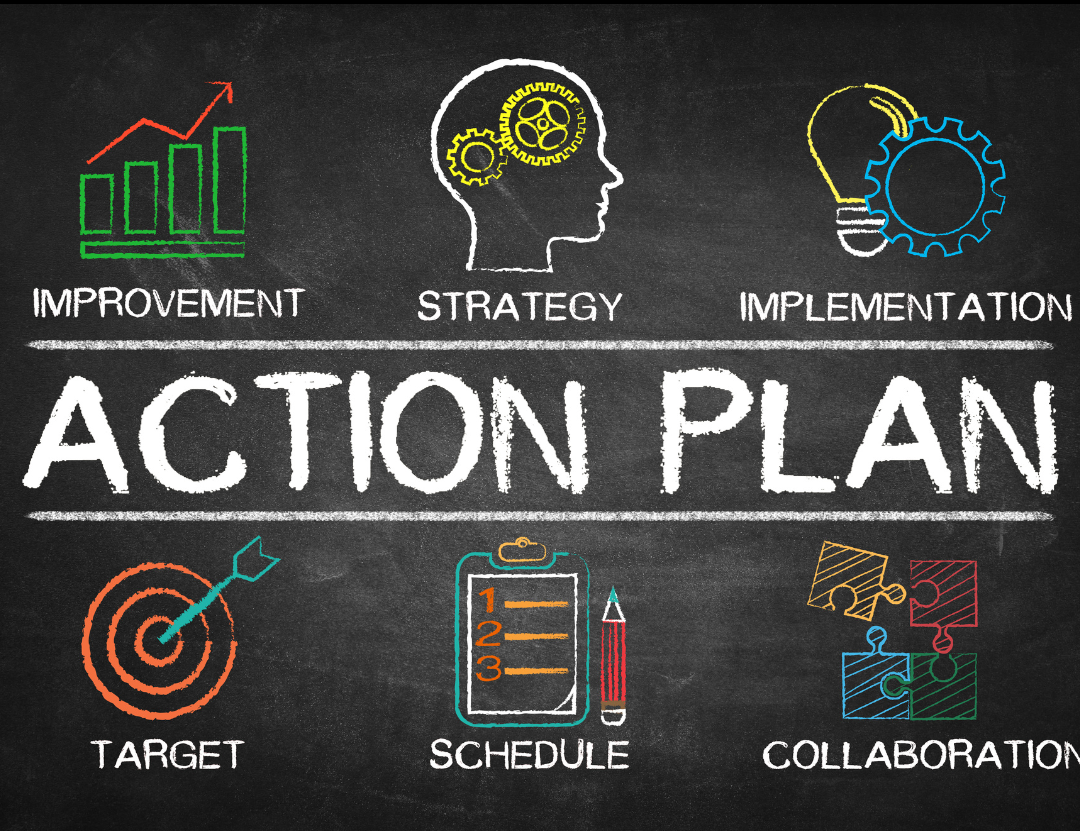As a business owner, you are probably aware of the importance of marketing. Marketing is usually a key component in the success of any business. It is also important to note that marketing should not be viewed as an expense, but rather an investment. You should be willing to spend money on marketing if you want your company to grow and succeed. Here’s an easy-to-follow roadmap to create an effective marketing plan.
1. Collect and Organize your Data
In order to sell a product or service, it is important to know who your company’s primary target market is. Once you have determined the primary target market, you need to determine their demographics such as age, location, profession, education level and more in order to best market to them.
A good place to start would be your last sales report, which will contain insights from the previous 12 months. You can also conduct surveys of your customers, which is a good way to get an idea of who they are and how they react when interacting with your company or brand. In addition, you should know your company’s financial and marketing goals and the resources that you have to work with.
2. Create a Strategy: Reaching your Target Market
Create a strategy that fits your company and target market. A good way to do this would be by asking yourself questions like: “What is the goal of my campaign?” “Who am I targeting?” “What are potential solutions for the customer?” “How will I advertise my product or service? What strategy will work best for me?” Include the people who will help you reach your goal and allow them to have input. Their insight will help you gain further insight and keep you on track.
3. Identify your target audience: Who are you trying to reach?
Businesses need to know who they are trying to reach in order to be successful. If they don’t know their target audience, then they will not be able to create the right content for them. A good place to start is to use the data that you have collected from your website and social media analytics; you can see who typically visits your website and what they are searching for. You can also get a better idea of who your customers are by conducting interviews, sending out surveys, and looking at past demographic data. The data you collect can be used to create segmentations. Segmentation is a subset of your target audience that has a high probability of buying from you (i.e., people who match the demographics and geographic information). From there, it becomes easier to decide what kinds of content you should create.
4. Creating a Budget: What can you afford?
Creating a budget for your marketing campaign is extremely important. Determine how much money you will need for your marketing campaigns. You can calculate this by estimating the amount of money that you will spend in total, as well as the amount that you will earn in total for your business. Once you have determined this, it is important to break down your marketing costs. This will help you realize where in your budget the money is being used and what you can afford to spend on each campaign or advertising source.
5. Create a Timeline: For Good Measure
Timelines can help you determine how many tasks you need to complete, how much time to spend on each task and how much time it may take to achieve your overall goal.
A timeline typically includes start and end dates, as well as adjustments made due to budgeting and marketing. Make sure to include measurable short-term goals as part of your strategy. This will allow you to change your approach if it doesn’t prove to be successful.
6. Design the Campaign: For Success
A marketing plan outlines the objectives, strategies, and tactics that you want to use in order to achieve success in your company’s market segment. Marketing campaigns are a crucial part of any business. They are the way to get your product or service in front of potential customers. The success of your campaign depends on how well you design it and how much time and money you put into it.
To design your marketing materials, it’s important to determine what questions will be asked during the campaign. For example: “Who can use this service?” or “What makes this service unique?” “How does the product or service benefit me or my business?
Next, identify what platforms are the best way to promote your business. These might include posters, brochures, flyers, TV and radio commercials, promotional activities, and public relations events.
Include information about pricing strategy, distribution channels used for selling products or services (including customer service).
Creating an effective marketing plan can feel daunting if you have never done one before. But like a business plan, it is a good way to flush out your ideas and plan your goals before you spend any money on getting your product or service in front of people.
There are downloadable templates for purchase on websites like Etsy and Amazon. Here is an example outline of what a marketing plan looks like.
Click on the photo to be forwarded to the next page.
Purple and White Minimalist Aesthetic Table Of Contents A4 Document by Susan Nilon
